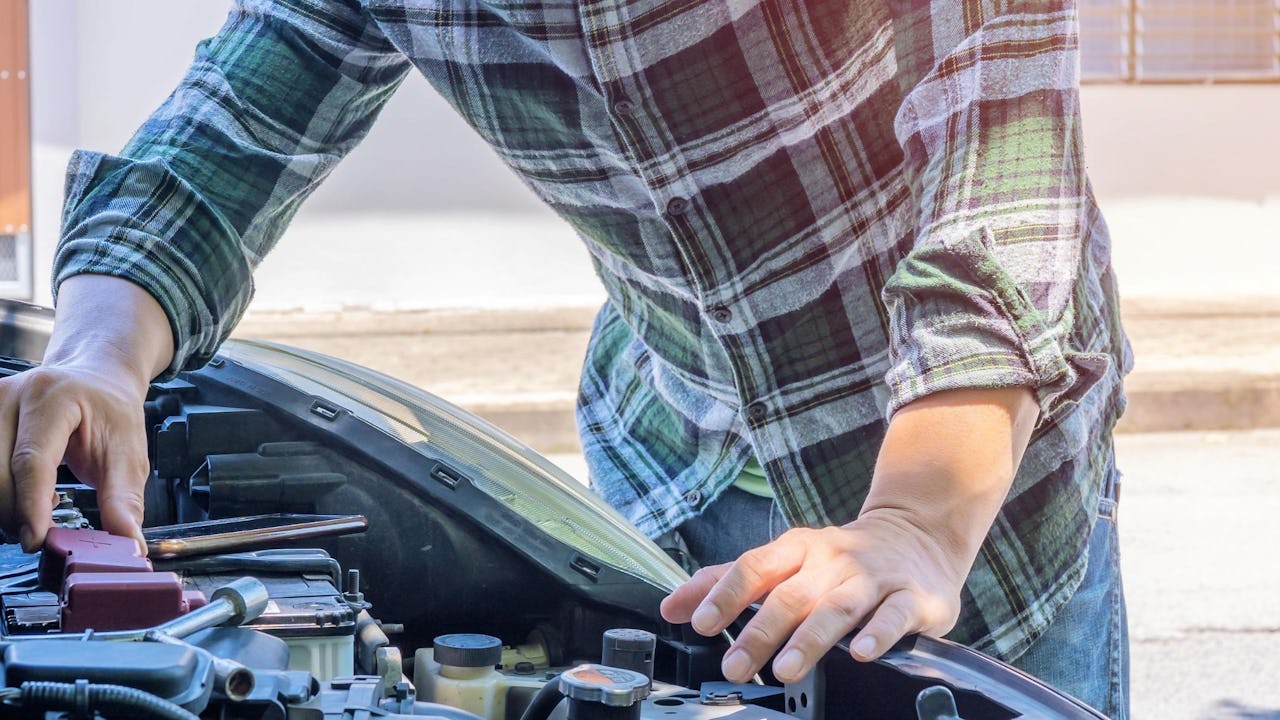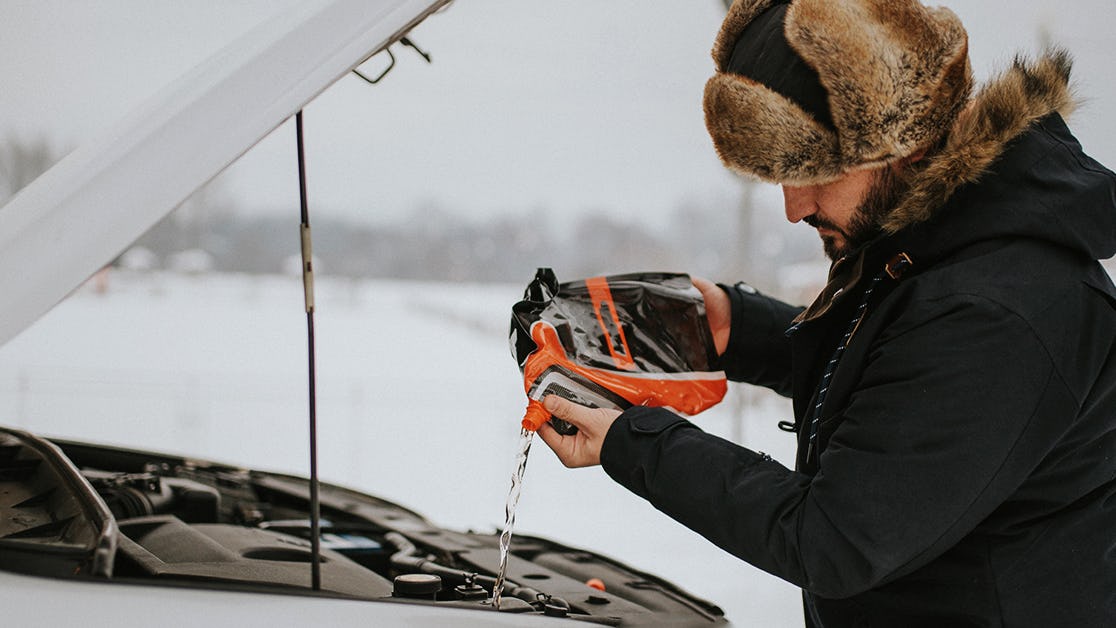Does your car have a keyless entry system? If so, it may be an easy target for car thieves. Find out how you can protect yourself.
It's no secret that keyless entry systems don't fully protect you against car theft. Keyless car theft, also known as a “relay attack”, is a growing scourge with the rising number of cars today using keyless entry and ignition “smart fobs.”
If you are the owner of a car with a keyless entry system, your vehicle may be an easy target for car thieves. Read on to find out how you can protect yourself.
How Does it Work?
The vehicle and fob communicate using low-power radio signals that are only effective when the fob is within approximately 36 inches of the car door or ignition start/stop button. Some thieves have developed special equipment to amplify the communication signals – known as a relay hack – between vehicles and “smart fobs,” significantly extending the system’s effective range. This can trick the car into thinking the fob is next to the car door or trunk when it is somewhere else, allowing the vehicle to be unlocked and started.
What’s the Danger?
Typically, relay hacks primarily involve property theft from inside vehicles, not the cars themselves. Car theft is possible, but once the car has been driven out of range of the smart fob and shut off, it cannot be restarted.
How Do I Protect Myself?
CAA North & East Ontario recommends drivers take the following precautions to protect themselves from potential vehicle theft as a result of a relay attack:
1. Don’t leave valuable items (purses, GPS units, shopping bags or electronics) in your car. If you must do so, make sure they are out of sight in a locked glove box or trunk.
2. If possible, park your car in a closed garage; this makes it a far less inviting target.
3. Block your vehicle between your garage and a second less sought after vehicle.
4. Use a steering wheel lock, also known as a club, to deter thieves.
5. Install motion detection light and exterior surveillance cameras at home to act as a deterrent.
6. Store your key fobs (all of them) in a metal container when not in use. The metal provides a barrier that interrupts radio signals to/from the smart fob.
7. Alternatively, inexpensive RFID pouches are available. These have metal mesh linings that can shield a key fob from sending or receiving radio signals.
8. Keep in mind that on occasion the thieves have returned to steal the replacement vehicle after the first one had been stolen, so continue to follow these tips.
Remember, you should never place key fobs in a freezer or microwave oven. These methods may damage the fobs, which can cost hundreds of dollars to replace and program.




